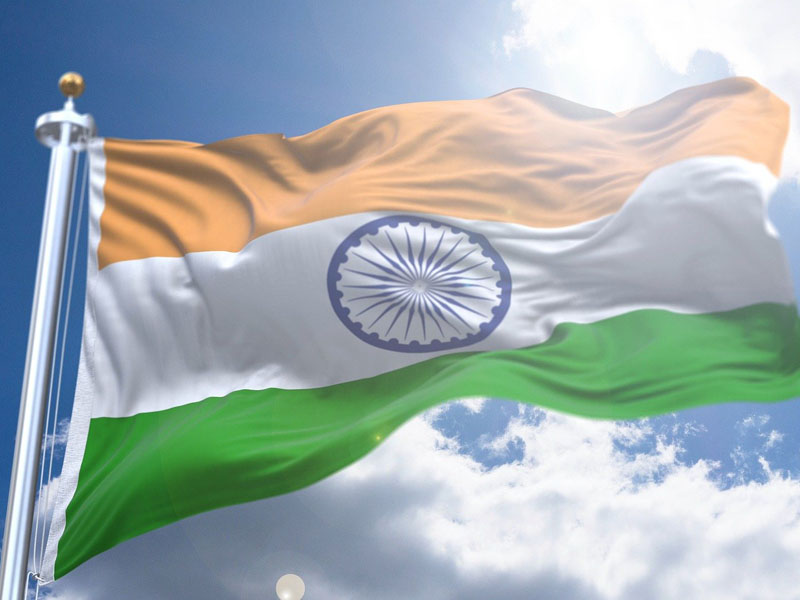Indian constitutions evolved in various phases with revolutions and as per demand. We were ruled by the East India Company from 1773 to 1858 and then, after the revolt of 1857, Crown Rule was imposed on India. In this article, let’s have a glimpse of how regulations and laws changed with years and which among them are still deeply rooted into our Indian Constitution.
| Regulating Act 1773 | ➢ As per this law, the General of Bengal was made the Governor General of Bengal.
➢ He was provided with four executive council of ministers to aid his functioning. ➢ Madras and Bengal Presidencies were made subordinates of the Bengal Presidency. ➢ A supreme Court was established at Calcutta as the apex court in 1774. ➢ Corruption was prohibited by the members in Government. |
| Pitt’s India Act 1784 | ➢ Commercial and Political functions were separated and were headed by Court of Directors and Board of Control respectively.
➢ The Governor’s council was set up for the Madras and Bombay Presidency. |
| Charter Act 1813 | ➢ The British Parliament ended the monopoly trade of the East India Company with India. And now, India was open to trade with any of the British Subjects. |
| Charter Act of 1833 | ➢ Governor General of Bengal was designated as the Governor General of India.
➢ Legislative powers of the Madras and Bengal Presidencies were brought to an end. ➢ A ban was imposed on the commercial activities of the East India Company and it was transformed into an administrative body. |
| Charter Act of 1853 | ➢ Legislative and Executive Powers of the Governor General’s council were separated.
➢ The Central Legislative Council was created with 6 members. ➢ For the first time, the Indian Civil Service was opened to recruit officials for administrative purposes with open competition. |
| Government of India Act 1858 | ➢ After the 1857 revolt, the company rule ended and the crow rule was directly imposed on India.
➢ The Office of the Secretary of the State of India was created, who was to be assisted by the 15 member council of India. ➢ The Court of Directors and Board of Control ended. |
| Indian Councils Act 1861 | ➢ Indians were given representation in the Viceroy’s Legislative Council.
➢ Provisions made for the Indians to give representation in the Viceroy’s Executive Council but as non-official members. ➢ Legislative powers of the Madras and Bombay were restored. |
| Indian Council Act 1892 | ➢ Indirect elections were introduced.
➢ The members in the Legislative Council expanded and so increased their subjects in consideration. |
| Indian Council Act 1909 | ➢ Direct Elections for the Legislative Councils introduced.
➢ The Central Legislative Council was transformed into the Imperial Legislative Council. ➢ Seats of the Legislative Council increased from 16 to 60. ➢ Concept of the separate Communal Electorate was accepted. |
| Government of India Act 1919 | ➢ Subjects grouped into Central and Provincial subjects.
➢ Diarchy was introduced in the Provincial Governments. ➢ Executive councilors were in charge of the reserved list and the ministers in charge of the transferred list of subjects. ➢ Bicameral Legislature introduced. ➢ A Public Service Commission was established. ➢ Right to vote was extended, and 10% of the population acquired voting rights. |
| Government of India Act 1935 | ➢ Subjects categorized into Federal, Provincial and Concurrent List. They were respectively looked after by the Center, the Provinces and both.
➢ Diarchy was abolished at Provincial Level and introduced at the Center. ➢ Federal courts were established and Indian Courts were abolished. ➢ RBI was established. |
| Indian Independence Act 1947 | ➢ India was declared an independent and sovereign country.
➢ Governments were set up at the center and the provinces. ➢ The Constituent Assembly of India was bestowed both legislative and executive powers. |
References:
https://byjus.com/free-ias-prep/historical-background-of-constitution-of-india/
Stay with
Prerna




